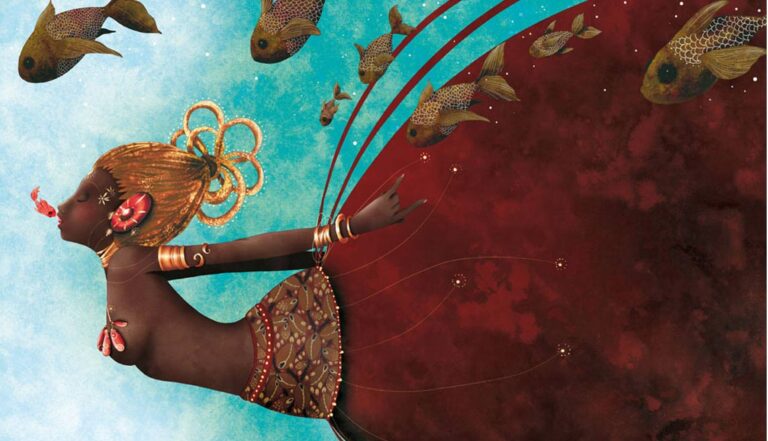India is a land rich with a variety of tribal groups that inhabit different parts of the country. Each of these communities shares a unique bond with nature that is showcased in how they lead their lives as well as their cultural and religious practices.
Let’s take a look at some tribes that follow exemplary approaches to coexist with nature:
For the Moyon Tribe of Manipur, fishing is one of many traditional occupations that provide a seasonal income for many families and is an important part of their cultural heritage. For centuries, the Moyons fished using simple indigenous methods, and the catch was sufficient to meet their needs. To preserve the catch, they also use indigenous fish preservation techniques. “Herbal” and “Barrier” fishing methods are adopted by these tribes where instead of using modern technology for fishing they use icthyotoxic plants (plants that are toxic to fish). The plants are soaked in the river and on a particular day known as “Chiituk” the whole community gathers and the men pound the roots, leaves, stems, barks, or fruits of the ichthyotoxic plants into pulp until the water (or a portion of the river) is covered in foam. The toxins from the plants stun the fish, which are then collected, and all of this is done on one designated day to prevent the exploitation of the river and its resources.

Herbal Fishing Technique “Chapen Iting” CC: anon
Barrier fishing is another technique that increases the chance of the community to collect fish. The practice is called “Chapen Iting”. Chapen is a river barrier guide. The barrier is constructed from stones, wood, twigs, and leaves. A small gap in the middle of the barrier is opened, and a conical trap is placed. Following the flow of the stream, fish would enter the conical trap. This technique is mostly used in rivers and streams with a lot of water flowing through them and all of the catch is preserved using certain endemic herbs to prevent fishing for the rest of the season.

Barrier Fishing Technique CC: Anon.
The Baiga people are an indigenous forest-dwelling tribal community of central India. This tribe is considered to be the original inhabitants of Earth. The Baigas revere the earth as Dharti Mata (Mother Earth) and consider it a sin to tear the breast of their mother by plowing the fields. They firmly believe that the forests provide everything necessary for the sustenance of humans, and God has granted the Baigas the wisdom to discover everything that the forest could provide. The Baigas share an intimate relationship with the forests and the wildlife. They know that the forests are an inseparable aspect of their lives, and if the forests are gone, their lives would be in jeopardy and therefore only take as much as they need. They celebrate a unique festival known as “Nava Khaana” which means that the grains and seeds should only be consumed once they reach maturity. They first check whether the crops have matured enough to be able to reproduce and then the festival of Nava Khavai is celebrated. This ensures that the extraction is sustainable.

Baiga Women CC: ephotocorp / Alamy Stock Photo
Sustainability is built on three pillars that are Environmental, Economic, and Social. Sustainable Development without any doubt is a long-term solution for all of our modern-era problems and if we look closely into the practices of these above-mentioned tribes we can see that the practices carried out by them do cover all the three pillars of sustainability something that the urban population has forgotten long back but as it is said that “Better late then never” we still can adapt some of these practices and introduce them into our way of living. By taking these small steps not only we are taking a step closer to sustainable development but also a step towards conserving our very own heritage and traditional knowledge which might be lost soon if not protected.




